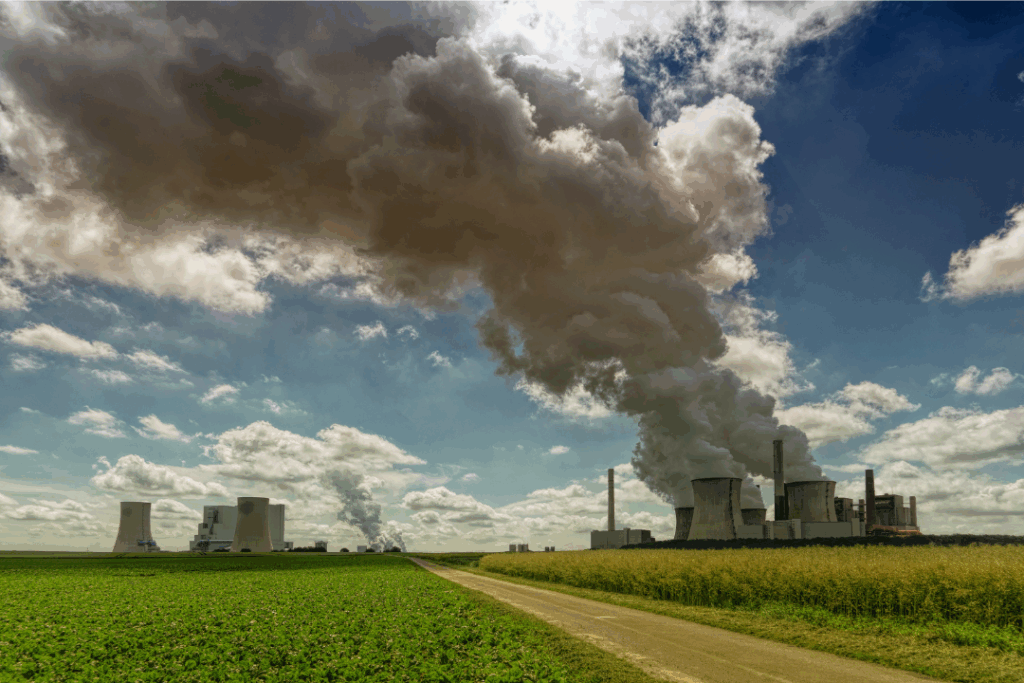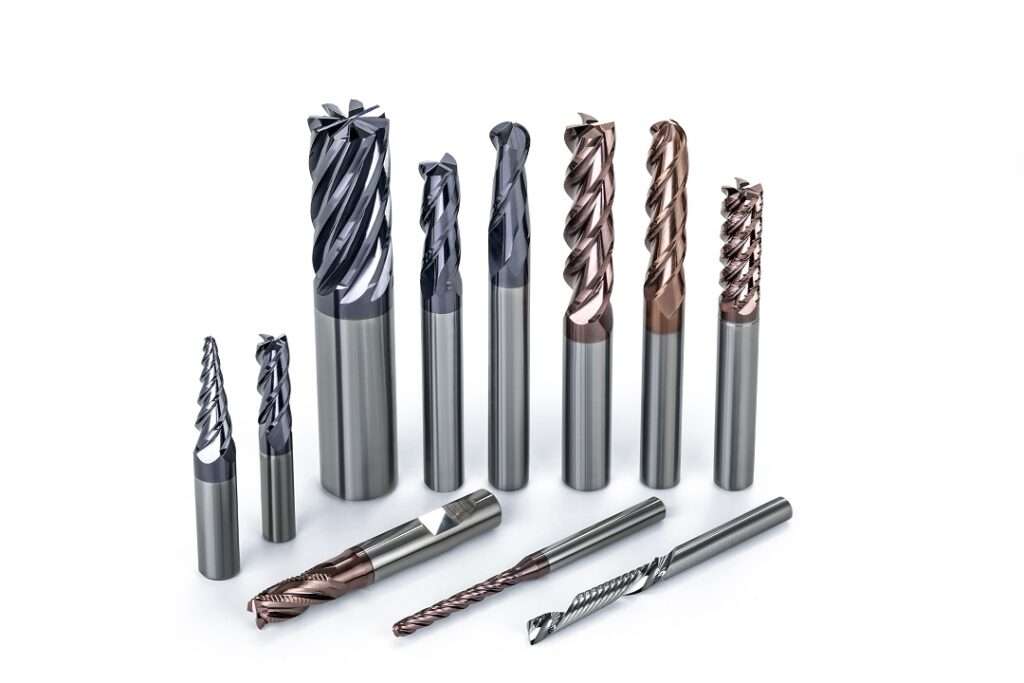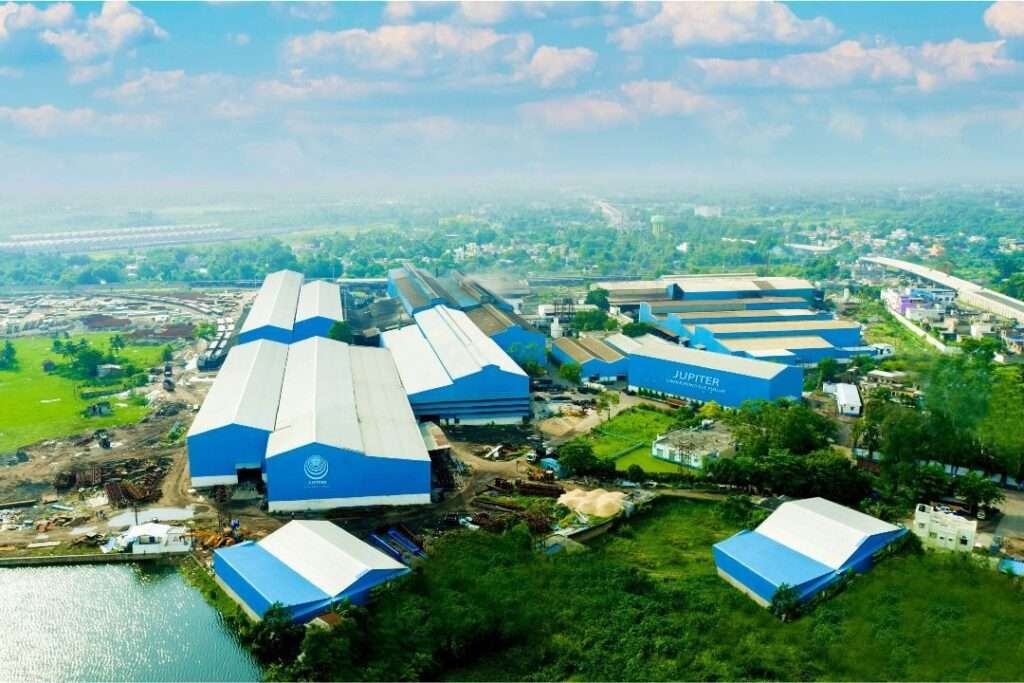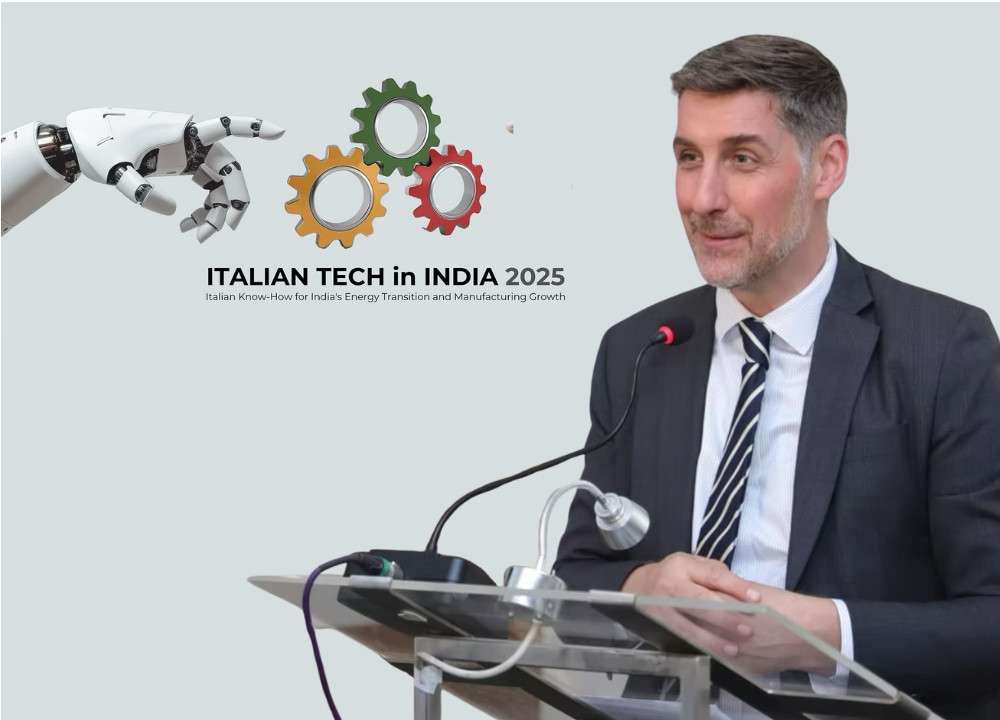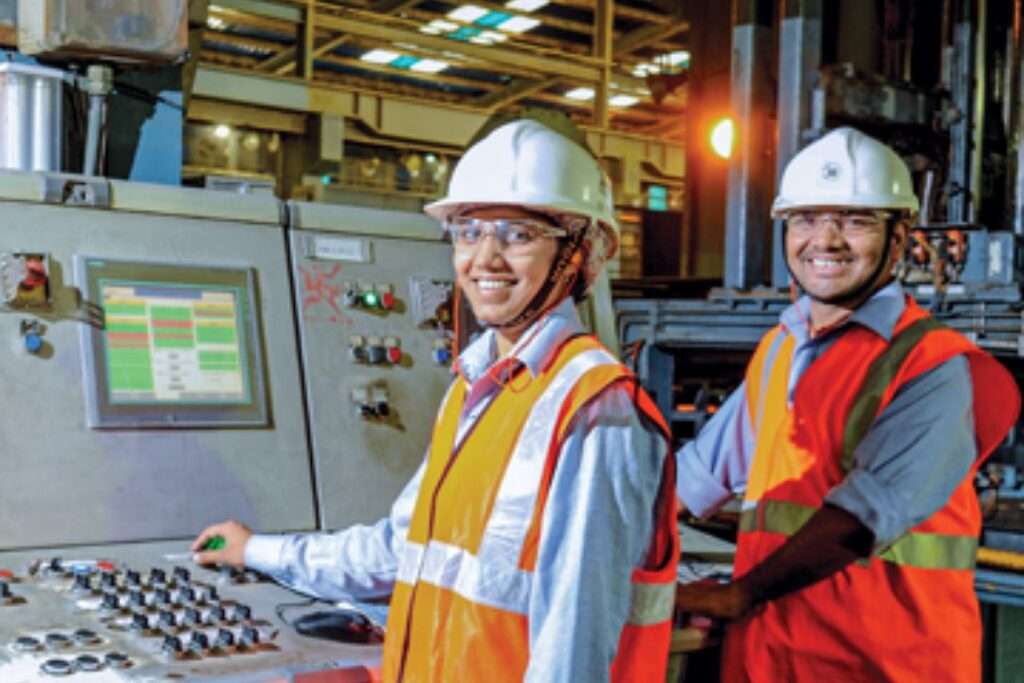Danfoss continues to demonstrate resilience and robust performance, particularly in its Climate Solutions, Drives, and Electrification segments. Key growth drivers remain decarbonization in industrial sectors, digitalization of data centers, and the push towards electrification.
However, the company has observed a decline in demand in certain end-markets such as agriculture and construction/roadbuilding, which has impacted its Power Solutions segment. The European construction market remains weak, especially in Central Europe, affecting the heating sector, including residential heat pumps and district heating. Additionally, the automotive and electric vehicle markets in both Europe and the US have seen significant reductions in OEM production schedules for 2024 and 2025.
Activity levels in Europe and China remain subdued and are expected to continue this way for the rest of the year, while signs of a slowdown are emerging in the US. On the other hand, Danfoss is experiencing good growth momentum in India.
“I want to thank the Danfoss team for their resilience and dedication, keeping a strong focus on serving our customers. It’s inspiring to see how the team is committed to staying the course and managing through this cycle. We’ve successfully navigated various economic challenges before, and we are doing so again. While the current situation is challenging, we remain focused on our long-term growth strategy,” said Kim Fausing, President & CEO of Danfoss.
Danfoss’ three business segments have continued to invest in innovation and expanding their global footprint, bringing new solutions and technologies to market. Research and development investments for the first half of 2024 amounted to EUR 247 million, on par with the previous year, representing 4.9% of sales.
Preparing Danfoss for the Future
Danfoss India is experiencing significant growth, driven by the rapid expansion of data centers, commercial buildings, and cold chain infrastructure across the country. The Indian government’s strong push towards decarbonization, supported by initiatives like the Production-Linked Incentive (PLI) schemes, is further accelerating this growth.
As a leader in sustainable solutions, it is committed to supporting India’s ambitious carbon neutrality goals. The company’s innovative products are designed to help customers reduce their carbon footprint and transition to more energy-efficient processes.
Ravichandran Purushothaman, President of Danfoss India, said, “India continues to be the fastest-growing region for Danfoss, and we are proud to be at the forefront of the country’s sustainable transformation. With the rapid growth of data centers, commercial buildings, and cold chain infrastructure, along with strong government support for decarbonization, we are confident in our plans to double sales by 2025. Our innovative products are designed to support India’s carbon-neutral ambitions, and we are committed to being a trusted partner for our customers as they navigate this journey.”
Preparing Danfoss for the Future
The company has begun implementing an updated operating model aimed at supporting its long-term growth strategy, strengthening innovation, and improving performance. This new model focuses on market and customer proximity, scalability, and simplification, with the goal of establishing stronger end-to-end accountability, increasing cost competitiveness, and speeding up decision-making across the company.
Kim Fausing, CEO of Danfoss Global, explained, “By updating our operating model, we are setting Danfoss up for the future. This is about decentralizing further and empowering our teams to make decisions closer to our customers. We will simplify the organization by eliminating duplications and reducing fragmentation of responsibilities, enabling faster decision-making and creating a more responsive organization.”
However, this restructuring also means that Danfoss will part ways with some of its talented colleagues as the company adapts to the current market situation. While difficult, this step is seen as necessary for the long-term success of the company.
Commitment to Sustainability
Danfoss remains committed to decarbonizing its global operations by 2030, as part of its three key initiatives on Decarbonization, Circularity, and Diversity, Equity, and Inclusion (DE&I). In the first half of the year, Danfoss continued to reduce its emissions, including signing a local Power Purchase Agreement (PPA) in China, which will reduce its annual emissions in the country by 33% and globally by 9% from 2025 onwards. In total, Danfoss has now secured agreements to decarbonize 60% of its operations in China.
Outlook for the Year
Danfoss remains focused on expanding or maintaining its market share despite the current downcycle. Sales are now expected to be at the lower end of the EUR 10.0-11.5 billion range for the full year. The EBITA margin is projected to be in the range of 11.0-12.0%, reflecting the continued integration of acquired businesses and investments in developing new products and solutions. Danfoss is also exploring strategic options to reduce its cost base, which may result in further one-off costs. The company’s growth and profitability depend on global supply chain stability, the geopolitical environment, inflation, and overall global economic growth.
Danfoss engineers solutions that enhance machine productivity, reduce emissions, lower energy consumption, and support electrification. These solutions are used in refrigeration, air conditioning, heating, power conversion, motor control, industrial machinery, automotive, marine, and both on- and off-highway equipment. Danfoss also provides solutions for renewable energy, including solar and wind power, as well as district-energy infrastructure for cities. Founded in 1933, Danfoss remains a family- and foundation-owned company, employing over 42,000 people and serving customers in more than 100 countries through a global network of 100 factories.



